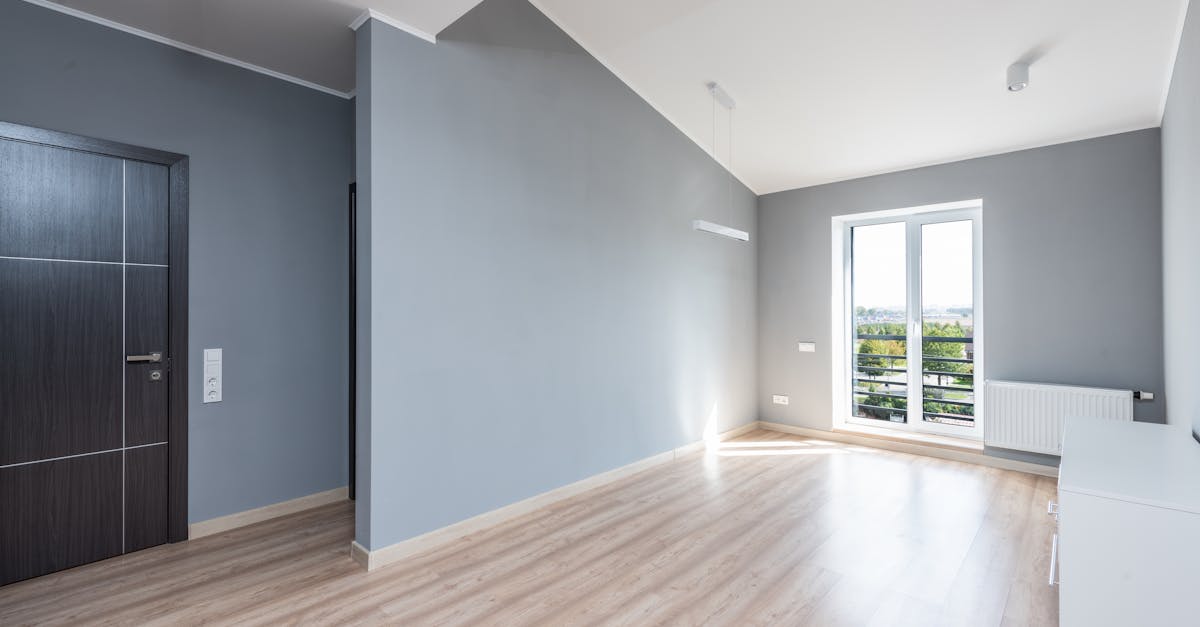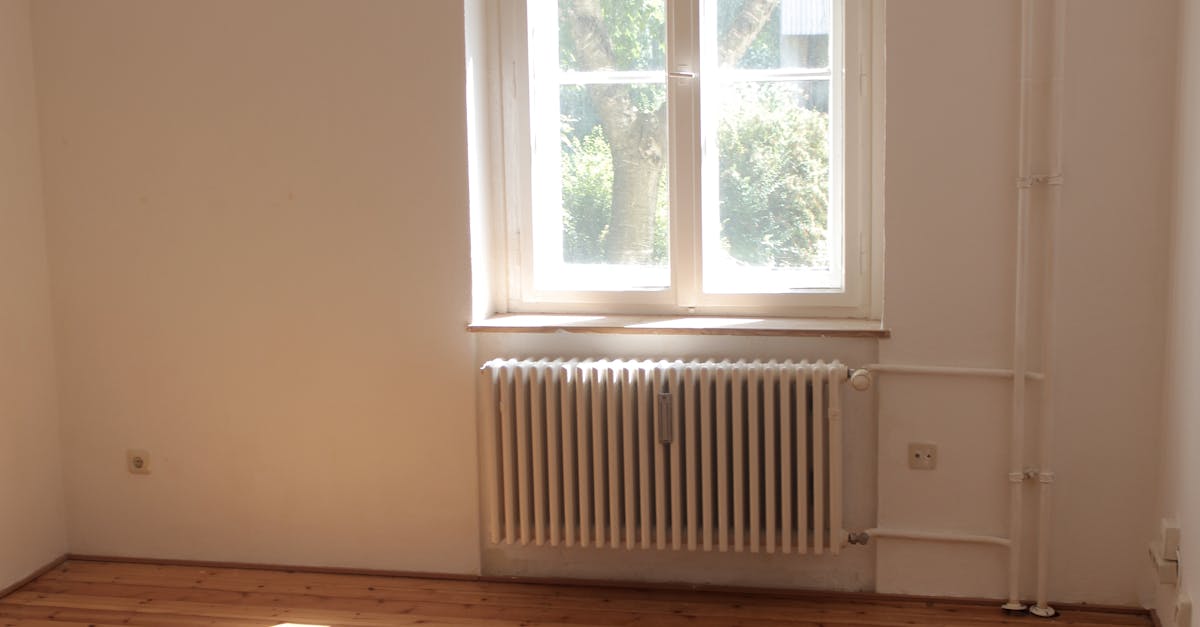
Table Of Contents
Strategies to Improve Your DSCR
Improving your Debt Service Coverage Ratio (DSCR) is crucial for maximizing profitability in rental property investments. One effective strategy includes enhancing your rental income, which can be achieved by optimizing your property listing and pricing. Investing in quality photography and compelling descriptions can attract more tenants. For those exploring short-term rentals, focusing on DSCR Airbnb options could lead to higher nightly rates compared to long-term leases. Adjusting rental prices based on market demand also plays a significant role in increasing revenue.
Cost management is equally important in improving your DSCR. Regularly reviewing and negotiating expenses related to property maintenance, utilities, and management fees can lead to significant savings. Implementing energy-efficient solutions can reduce utility costs long-term. Additionally, keep an eye on any unnecessary expenditures that may eat into profits. By combining strategies to boost income with diligent cost control, property owners can create a healthier financial footing and improve their overall DSCR.
Increasing Income and Reducing Costs
Increasing income and reducing costs are essential strategies for improving your debt service coverage ratio (DSCR). For rental property owners, finding additional revenue streams can significantly boost income. Options include adding amenities that attract higher-paying tenants, implementing weekly or monthly rental arrangements, or optimizing rental rates based on market conditions. If you own an Airbnb property, ensuring that your listing is well-marketed can lead to better occupancy rates, which enhances overall earnings.
On the cost side, monitoring and minimizing expenses can lead to a more favorable DSCR. Conduct regular inspections to identify potential maintenance issues before they become larger, more expensive problems. Energy-efficient upgrades can lower utility bills, ultimately increasing profit margins. Owners should also evaluate management fees, property taxes, and insurance costs to ensure they are not overpaying. By focusing on both income enhancement and cost reduction, property investors can create a healthier financial profile while improving their DSCR Airbnb performance.
Comparing DSCR with Other Financial Ratios
When evaluating the financial stability of a rental property, it is beneficial to compare the Debt Service Coverage Ratio (DSCR) with other financial metrics, such as the capitalization rate (cap rate) and return on investment (ROI). While DSCR focuses specifically on cash flow relative to debt obligations, the cap rate provides insight into the property's potential profitability based on its net operating income and purchase price. Understanding these relationships can help investors make more informed decisions, particularly in the dynamic short-term rental market.
In the context of an Airbnb investment, analyzing DSCR Airbnb alongside other ratios can reveal important insights about the property's performance. A high DSCR indicates that the rental income sufficiently covers debt obligations, while a favorable cap rate suggests solid returns on investment relative to market conditions. By examining these ratios collectively, investors can grasp a comprehensive view of their property's financial health and make strategic adjustments to enhance its profitability.
Understanding the Bigger Financial Picture
When evaluating the financial health of a rental property, it is essential to consider not just the Debt Service Coverage Ratio (DSCR) in isolation but also how it fits into the broader financial landscape. Investors should analyze factors such as occupancy rates, rental yield, and market trends. A strong DSCR Airbnb can reflect the profitability of short-term rentals, highlighting the importance of understanding local demand and potential income fluctuations. This comprehensive view enables investors to identify opportunities for growth and risk mitigation.
Moreover, looking beyond the DSCR offers insight into how well a property aligns with an investor's overall financial goals. Depending on the property type and management approach, cash flow metrics may vary significantly. Short-term rental investments, like those listed on platforms such as Airbnb, often require different financial assessments than traditional long-term rentals. The synergy between these factors can ultimately influence both investment decisions and long-term sustainability in a competitive real estate market.
Common Misconceptions About DSCR
Many investors believe that a high debt service coverage ratio (DSCR) guarantees a property's financial success. While a healthy DSCR is an important indicator of cash flow, it does not account for all variables that affect a rental property's profitability. Real estate investors must also consider market trends, tenant demand, and underlying costs, as a high DSCR alone may mask potential risks.
Some people mistakenly assume that the DSCR for Airbnb properties differs significantly from traditional rental properties. This is not entirely true. While Airbnb properties might generate higher income on a per-night basis, they also face unique challenges such as higher vacancy rates, greater turnover, and fluctuating demand. Therefore, a comprehensive understanding of expenses and cash flow management remains essential, making it crucial to assess the DSCR Airbnb within the broader financial context of real estate investing.
Clarifying Myths and Facts
Many people believe that a high Debt Service Coverage Ratio (DSCR) is the only indicator of a good investment in rental properties. While a higher DSCR often suggests stronger cash flow, it is not the sole factor to consider. Investors also need to take into account the location, property management, and market trends, all of which can affect profitability. Relying only on DSCR can create a narrow view of an investment's potential.
Another misconception pertains to the application of DSCR in different rental models. For instance, DSCR Airbnb properties may operate differently than traditional long-term rentals due to varying income flows and seasonal demand. This variation means that what constitutes a “good” DSCR can differ significantly based on the rental strategy. Therefore, understanding the specific financial dynamics of each rental model is crucial for making informed investment decisions.
FAQS
What does DSCR stand for?
DSCR stands for Debt Service Coverage Ratio, which measures a property's ability to cover its debt obligations with its net operating income.
What is considered a good DSCR for rental properties?
A good DSCR for rental properties typically ranges from 1.2 to 1.5. This indicates that the property generates sufficient income to cover its debt payments with a comfortable margin.
How can I improve my DSCR?
You can improve your DSCR by increasing rental income, reducing operating expenses, or refinancing to lower interest rates. Implementing effective property management strategies can also help boost income.
Is a DSCR of less than 1.0 a bad sign?
Yes, a DSCR of less than 1.0 indicates that the property's income is insufficient to cover its debt obligations, which can signal financial distress.
How does DSCR compare to other financial ratios?
DSCR focuses specifically on a property's ability to service debt, while other financial ratios, such as cap rate or return on investment (ROI), assess overall profitability and investment performance. Understanding DSCR alongside these ratios provides a more comprehensive view of financial health.




